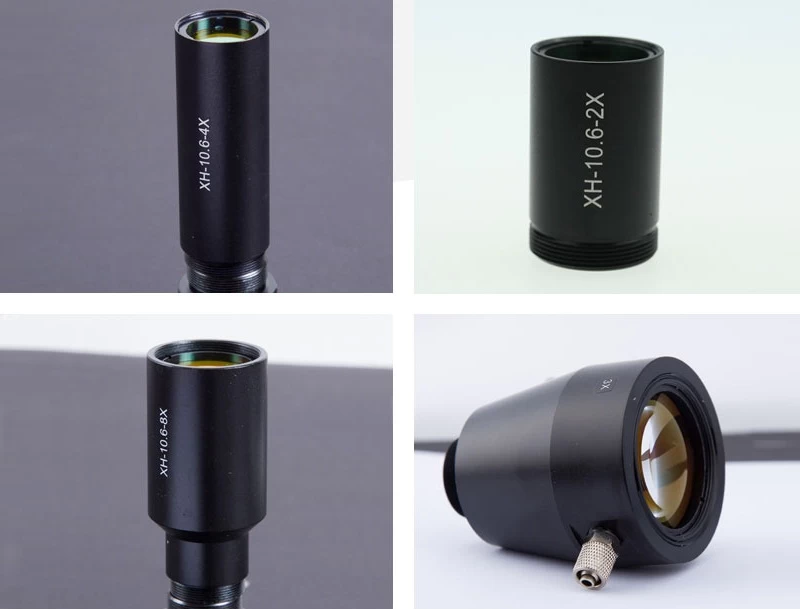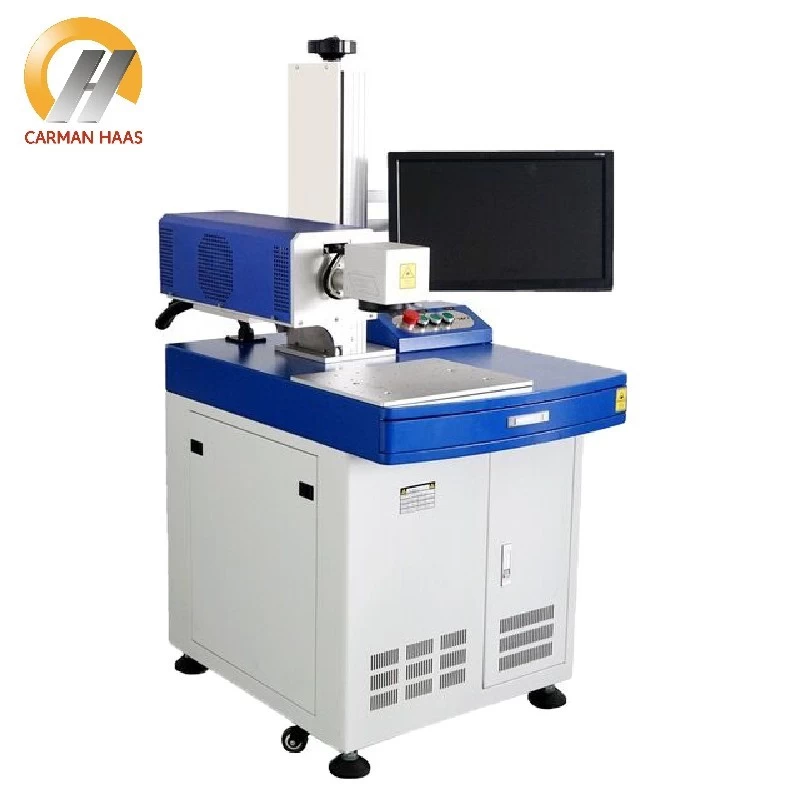Is there any difference between a collimator lens and a beam expander?
Both the beam expander and the collimator can play a role in making the laser focusing effect better, and also play a role in collimating. There are similarities and differences between the two.
Collimator:
The collimator is for point light sources, and the so-called point light sources are common in daily life, such as: the light of a match head, the bulb of an old flashlight, and the laser from the energy fiber.
For the industrial laser industry, the collimator is basically aimed at the laser from the energy transmission fiber. Collimating mirrors for CO2 laser and infrared optical systems, reflective and transmissive collimating mirrors are used in the beam delivery system to maintain the collimation of the beam between the laser cavity and the focusing optics. The reflective collimator generally uses a copper total mirror, while the transmissive collimator uses a zinc selenide lens.

Variable Zoom Laser Beam Expanders
The beam expander has two main purposes: expanding the diameter of the laser beam and reducing the divergence angle of the laser beam.
Beam expander divergence refers to the spread of light waves at a certain angle during their spatial propagation. Even perfect rays without any anomalies will experience some beam divergence due to diffraction effects.
Therefore, beam expanders are used for long-distance illumination or projection, as well as focusing systems. The divergence angle of an expanded beam changes in inverse proportion to the expansion ratio. Compared with the unexpanded beam, the expanded beam can be focused smaller.

Laser Beam Expander Lens Manufacturer
In practical applications, it is often necessary to expand the laser beam. To achieve this function, at least two lenses are required. Most laser beam expanders are designed in Galileo style and consist of a combination of a positive lens and a negative lens. Because of the low expansion coefficient, simple and compact structure, it is widely used. The beam expander can achieve a smaller focus spot by amplifying the laser beam.

















